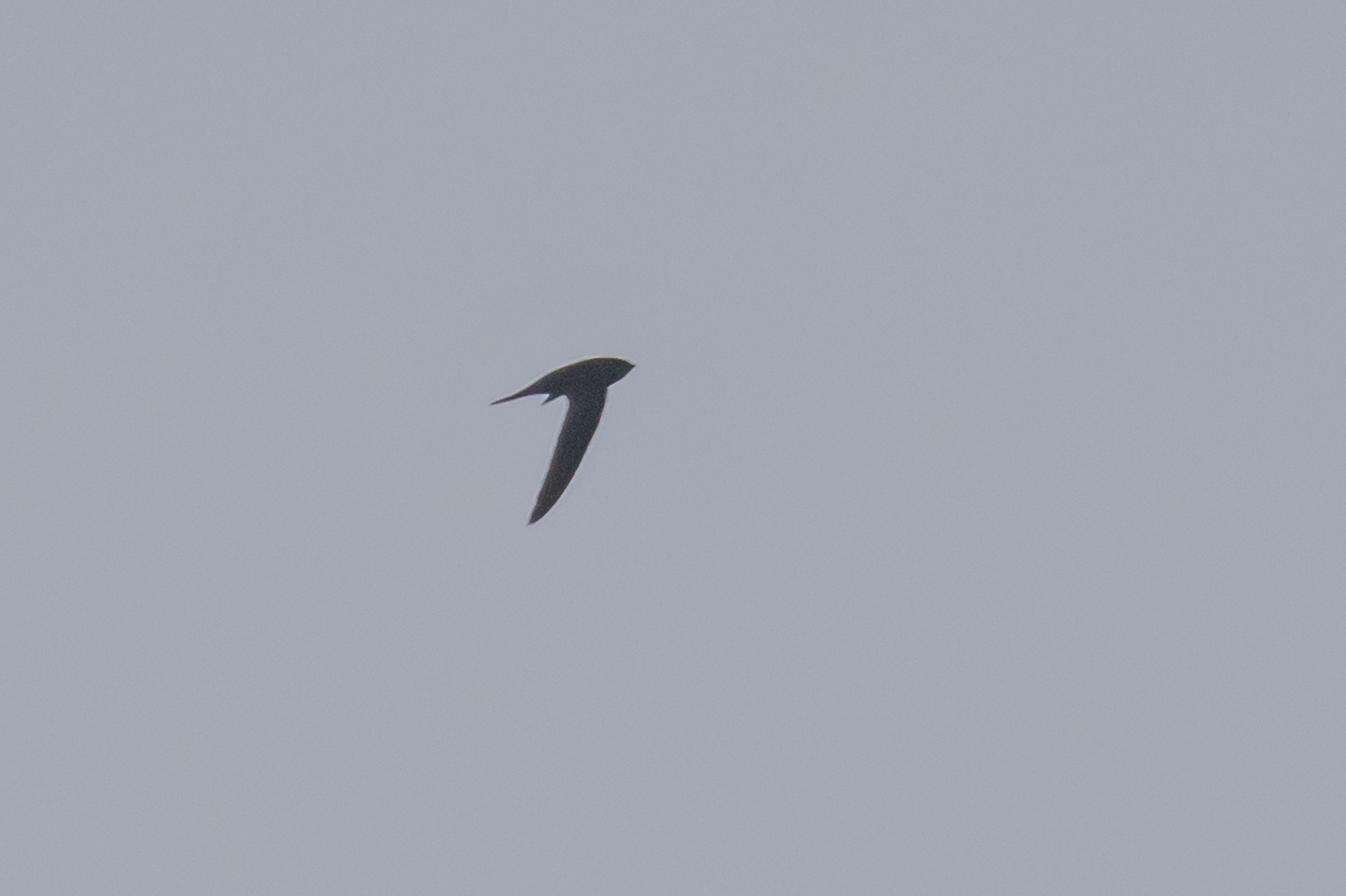With our house undergoing significant building work, we were relieved to be offered the use of a friend’s house during half-term. Even better, their house was right at the end of Fife Ness, on the Scottish east coast. My luck did not extend to having ideal winds, the coast was battered by relentless strong southerly and south-westerly winds all week, probably the least productive wind vectors for late autumn migration on the east coast.

Above, looking inland from the extreme tip of Fife Ness. The wooden hut is the Fife Bird Club seawatching hide, closed under covid regulations. Behind it is the lighthouse. Our house was just behind the lighthouse. The small woodland of Fife Ness Muir can just be seen on the right of this picture. Each morning I would check the woodland and have a brief seawatch.
We had a great week, though visible migration was very quiet all week. The best moment came as I completed a run in the late afternoon of October 26th. It was clear a torrential rainstorm was just about to break, the wind had picked up and the sky darkened. I picked up my pace to get back before the rain, sprinted back to our house and glanced up at the sky as I reached for the front door. As I did so, I noticed a swift flying in from the sea. Being late October, and being so far north, I was immediately aware that there was a chance that this bird may be a Pallid Swift. Fast-moving storms crossing the Atlantic pull up air from southern Europe, creating strong southerly airflows across Europe, which can displace swifts well north of their usual range. Martin Garner found a Pallid Swift at Flamborough on the same date in 2013, see here. My first reaction was that I would need photographs of this bird.
I kicked down the front door of the house and grabbed my camera, which I had left on the hall table (just in case I needed it quickly!). I was back outside in less than 5 seconds and to my relief, the bird was still in sight, just about overhead, still heading west along the coast, at a medium height. I took photographs of the bird, then watched it disappear inland. Thirty seconds later, the skies opened and a torrential downpour began and it rained until dark.
And the lack of light was the problem. I processed the pictures immediately, but no amount of altering exposure, contrast, brightness or shadows could produce any plumage features at all. If there was an eye-mask, a pale throat or mantle saddle, let alone pale edges to the body feathering, then they remained invisible to me. Another, possibly better, explanation is that this bird was an adult Common Swift, in which case it would appear pretty uniformly dark anyway. Either way, there simply was not enough light to get any useful plumage details. This bird remains on my eBird list as “swift sp”.


The second best bird was a juvenile Red-backed Shrike found by another birder in nearby Kilminning early in the week. It matched the autumn leaves nicely:

The rest of week, I enjoyed the local birds and kept an eye open for whatever migrants were around:










Early one morning, the skies were suddenly filled with the calls of Pink-footed Geese. Nearly a thousand birds passed south down the coast, presumably heading for the north Norfolk coast.

We spent our final day on the coast at Tentsmuir Forest, a superb combination of beach, forest and Red Squirrels:




